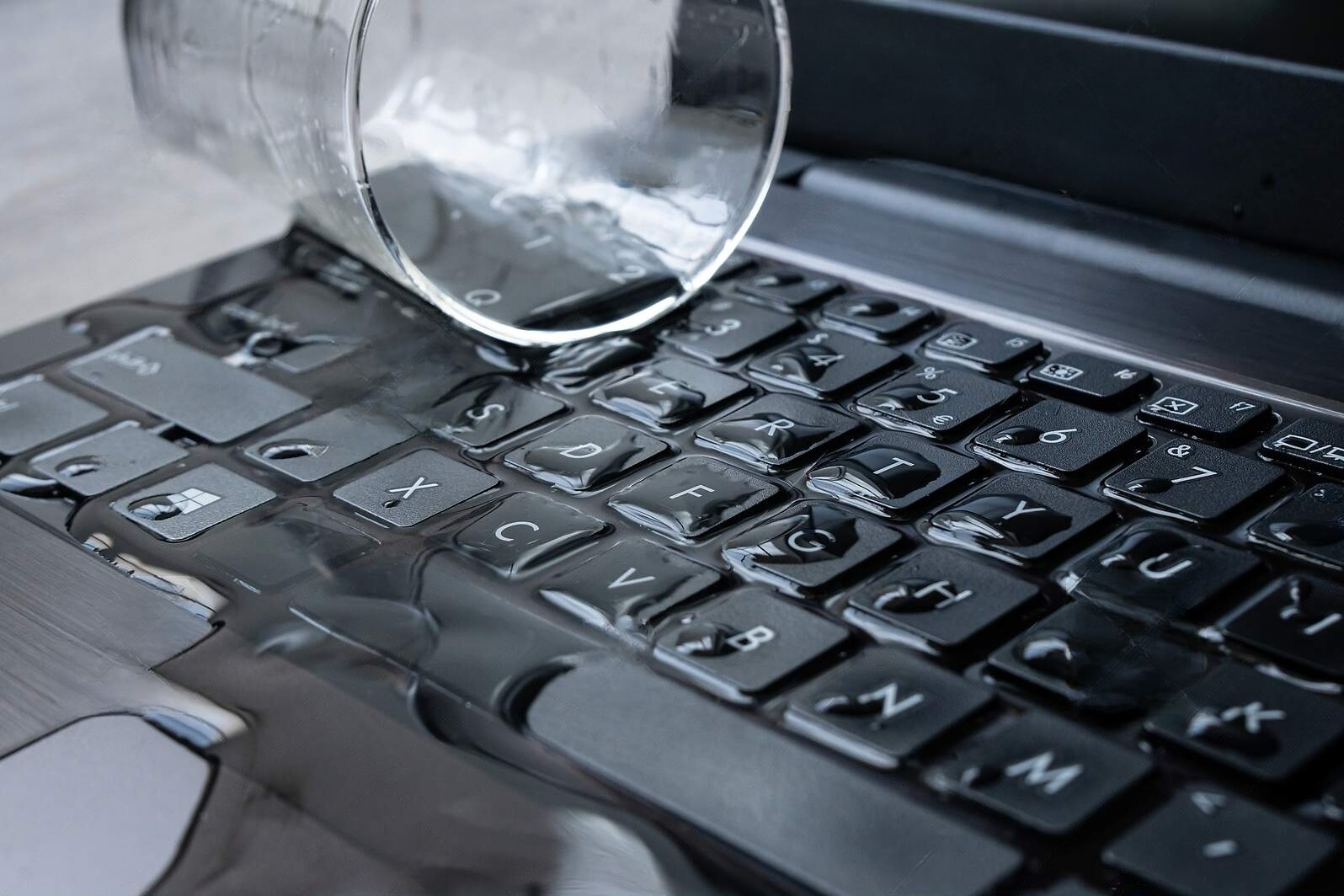
Of course, I’d be happy to help you with computer or PC motherboard repair advice. However, please keep in mind that working with hardware components, especially motherboards, requires a certain level of skill and caution. If you’re not comfortable or experienced with hardware repairs, it might be best to seek the assistance of a professional technician to avoid potential damage to your system.
Here are some general steps and tips you can consider if you’re looking to repair a computer motherboard:
1. Diagnosis:
Before attempting any repairs, you need to diagnose the issue accurately. This might involve testing different components, observing error codes, or listening for specific beep patterns during startup.
2. Safety First:
Always ensure that your computer is unplugged from the power source before opening the case. Additionally, consider using an anti-static wristband to prevent static discharge that could damage sensitive components.
3. Visual Inspection:
Carefully inspect the motherboard for any visible damage, such as burnt or damaged components, loose connections, or swollen capacitors.
4. Testing Components:
If you suspect a specific component (CPU, RAM, GPU, etc.) is causing the issue, try testing each component in a different system to determine if it’s functioning properly.
5. Reseating Components:
Sometimes, poor connections can lead to issues. Try reseating components like RAM, CPU, and power cables to ensure they are properly connected.
6. BIOS Reset:
Resetting the BIOS settings to default can help resolve certain issues. This is typically done using a jumper on the motherboard or by removing the CMOS battery for a few minutes.
7. Updating Firmware:
Check the manufacturer’s website for BIOS updates that might address compatibility or stability issues.
8. Testing with Minimal Configuration:
Disconnect all non-essential components (extra hard drives, expansion cards, etc.) and see if the motherboard works with just the basics (CPU, RAM, and power).
9. Inspecting Power Supply:
A faulty power supply can sometimes cause motherboard issues. Test the power supply unit with a power supply tester or try a known good power supply.
10. Professional Help:
If the issue is complex or you’re unable to identify the problem, it’s best to consult a professional technician who specializes in motherboard repairs.
Remember, motherboard repairs can be intricate, and there’s a risk of causing further damage if not done correctly. If your motherboard is under warranty, it’s advisable to contact the manufacturer for assistance or replacement.
If you have a specific issue or question about your motherboard, feel free to provide more details, and I’ll do my best to assist you further.







